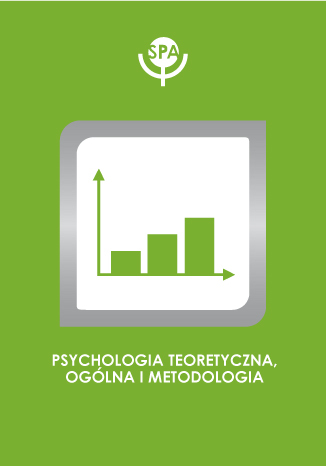Pojęcie ZAMIARU z perspektywy badań nad rozwojem poznawczym

Barbara Bokus,Mikołaj Hernik
DOI:10.14691/CPPJ.21.1.27
Rocznik: 2015 Tom: 21 Numer: 1
Strony: 27-32
In Tadeusz Tomaszewski’s theory of action, intention is a notion essential for distinguishing between the goal and effect of an action and between the program of an action and an actual action. It includes two anticipated components: the goal and program of an action. Tomaszewski did not deal with cognitive changes in the representation of the notion of intention. By showing the notion of intention from the perspective of theory of mind and communicative intent, we want to share some data from studies on children’s representation of intention (Study 1) and on promises based on intention (Study 2). With the help of Searle’s deviant causal chain procedure, we trace how preschool children handle assessing intentions/promises (whether they were fulfi lled or not) when the fi nal status (effect) corresponds to the goal (the desire has been met) but this is achieved through a different causal force than the actions of the character in a story.









 Pobierz pełny tekst
Pobierz pełny tekst



